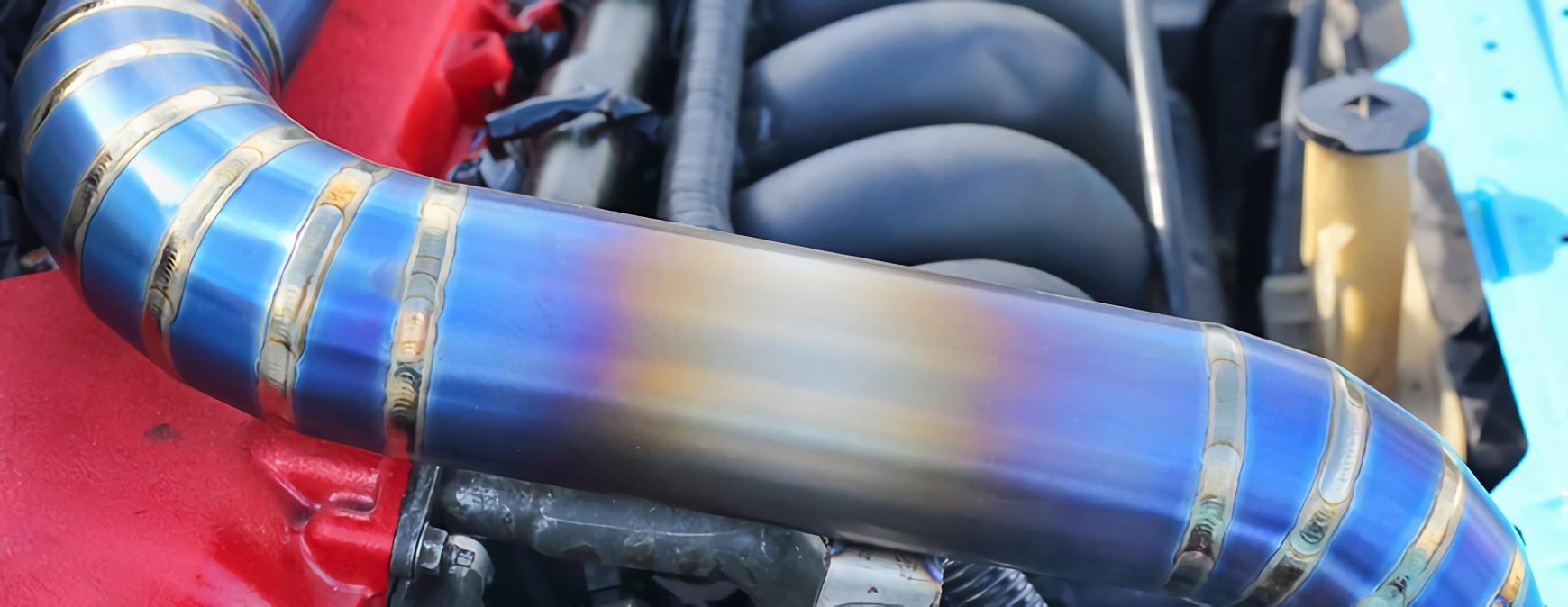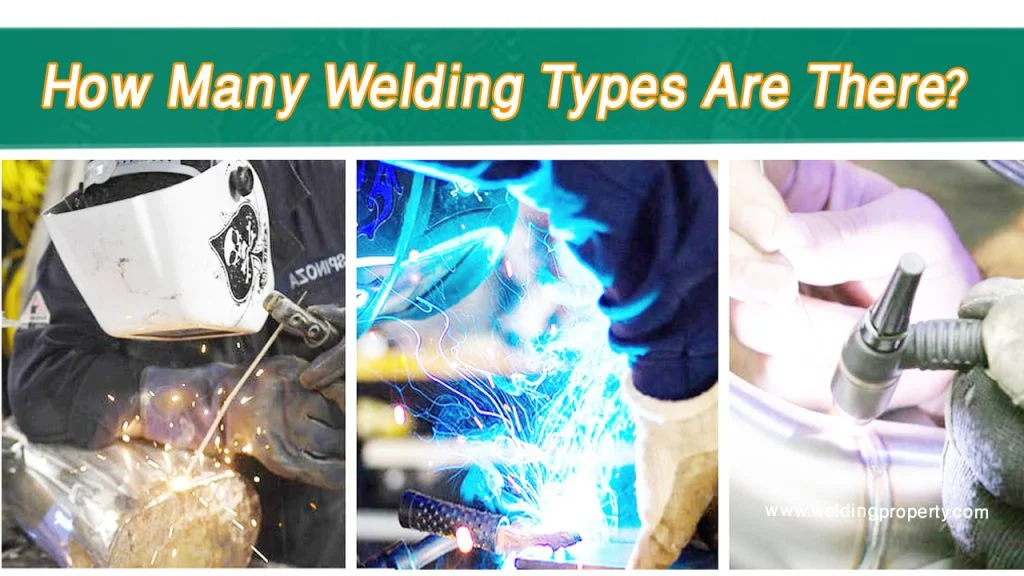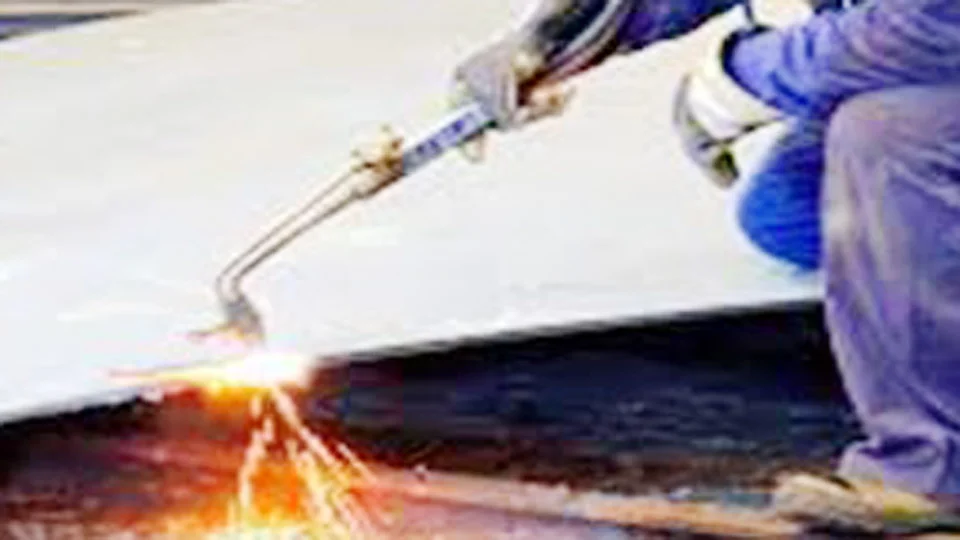Welding stainless steel requires skill and the right techniques. It’s a unique process that ensures strength and durability.
Stainless steel is a popular material in many industries. Its resistance to rust and sleek appearance make it a top choice. But welding it can be tricky. The wrong method can lead to weak joints or corrosion. This makes choosing the best welding technique crucial.
Each method has its pros and cons. Some are easier for beginners, while others offer stronger results. Whether you’re a hobbyist or a professional, understanding these options is key. Let’s dive into the best welding techniques for stainless steel. This guide will help you pick the right one for your project.

Credit: www.tws.edu
Introduction To Stainless Steel Welding
Stainless steel welding is a fascinating process, but it can be tricky. Have you ever wondered why some welds look perfect while others fail? It’s all about the technique and understanding the material. Stainless steel is known for its strength and resistance to rust, making it a popular choice for many applications. However, welding it requires a bit of finesse. Let’s dive into why proper welding is crucial and where you might see stainless steel welding in action.
Importance Of Proper Welding
Why is proper welding so important? Well, imagine trying to glue two pieces of metal together without the right adhesive. The bond wouldn’t hold, right? It’s the same with welding. If the technique is off, the weld can crack or corrode over time. Proper welding ensures a strong, durable bond that can withstand the test of time.
- Strength: A well-executed weld provides maximum strength, making the structure reliable.
- Corrosion Resistance: Proper welding maintains the stainless steel’s natural resistance to rust.
- Aesthetic Appeal: Clean, precise welds contribute to the overall appearance of the finished product.
Common Applications
So, where do we see stainless steel welding in our everyday lives? The applications are more common than you might think. Here are a few places you might encounter it:
- Kitchen Appliances: From your trusty dishwasher to that shiny fridge, stainless steel is everywhere in the kitchen.
- Medical Equipment: Stainless steel is crucial in hospitals for its sanitary properties and durability.
- Construction: Think about the sleek handrails and robust structural components in modern buildings.
- Automotive Industry: Exhaust systems and various car parts rely on stainless steel for their durability and resistance to high temperatures.
It’s clear that stainless steel welding plays a significant role in many industries. Whether in your home or out in the world, its benefits are undeniable. Next time you see a shiny kitchen appliance or a sleek building facade, you’ll know the secret behind its strength and beauty: skilled stainless steel welding.
Types Of Welding Processes
Welding stainless steel requires precision and the right technique. Different processes offer various benefits. Understanding these can help in choosing the best method for your project. Here, we will discuss two popular welding processes for stainless steel: TIG and MIG welding.
Tig Welding
TIG stands for Tungsten Inert Gas welding. This method uses a tungsten electrode. It produces a clean and precise weld. TIG welding is ideal for thin stainless steel sheets. It provides excellent control over heat and weld pool. This results in high-quality welds with minimal distortion. It is a slower process but offers superior weld quality. Many professionals prefer TIG welding for detailed stainless steel projects.
Mig Welding
MIG stands for Metal Inert Gas welding. This process uses a continuously fed wire electrode. MIG welding is faster and easier to learn. It works well for thicker stainless steel sections. The process provides good weld penetration. It is ideal for larger projects that require speed. MIG welding also produces less spatter. This means less cleanup afterward. Many hobbyists and professionals use MIG welding for its efficiency.
Choosing The Right Filler Material
Choosing the right filler material is crucial for welding stainless steel. The filler material ensures a strong, durable weld. It also helps prevent issues like corrosion and cracking. Making the right choice can make your welding projects more successful.
Common Filler Metals
There are several common filler metals for stainless steel welding. ER308L is popular for its versatility. It works well with many stainless steel types. ER316L offers better corrosion resistance. This makes it suitable for marine environments. ER309L is ideal for joining stainless steel to mild steel. Each filler metal has its specific uses. Knowing these can help you choose the right one.
Factors To Consider
Several factors influence the choice of filler material. First, consider the type of stainless steel you’re welding. Different grades require different fillers. Next, think about the environment the weld will face. Corrosive environments need more resistant fillers. Also, consider the mechanical properties needed. Strength, toughness, and ductility are key. These factors help determine the best filler for your project.

Credit: americantorchtip.com
Preparing Stainless Steel For Welding
When it comes to welding stainless steel, preparation is key. Think of it like getting ready for a long journey; you wouldn’t set off without making sure everything is in order, right? Properly preparing stainless steel ensures a strong, clean weld and helps avoid issues down the line. Let’s dive into the essentials of getting your stainless steel ready for welding.
Cleaning And Degreasing
First things first, let’s talk about cleaning and degreasing. Stainless steel might look shiny and clean, but it often has oils, dirt, or other contaminants on its surface. These can cause problems like weak welds or even corrosion. So, how do you clean it?
- Use a dedicated stainless steel brush: This ensures no cross-contamination from other metals.
- Acetone or alcohol: Wipe the surface with a clean cloth soaked in acetone or alcohol to remove oils and grease.
- Rinse and dry: After cleaning, rinse with water and dry with a clean, lint-free cloth.
Sounds simple, right? It is! But it’s an essential step you shouldn’t skip.
Proper Fit-up
Now, let’s move on to proper fit-up. This is all about making sure your pieces of stainless steel align perfectly before you start welding. Why is this important? Well, a poor fit-up can lead to weak welds and other issues.
- Check the alignment: Use clamps to hold the pieces in place and ensure they are aligned correctly.
- Gaps and spacing: Make sure there is a small gap between the pieces, around 1-3 mm, to allow the weld to penetrate effectively.
- Tack welds: These are small welds that hold the pieces together before the final weld. Place tack welds at regular intervals to maintain alignment.
Getting the fit-up right can feel like a bit of a balancing act, but it’s totally worth it for a strong, clean weld.
Preparing stainless steel for welding might seem like a lot of work, but it’s all about setting yourself up for success. A little effort upfront can save a lot of headaches later on. So grab your cleaning supplies and measuring tools, and get ready to make some beautiful welds!
Welding Techniques And Tips
Welding stainless steel can be tricky, but with the right techniques and tips, you’ll be a pro in no time. Stainless steel needs special care to ensure a strong, clean weld. Here, we’ll dive into some crucial aspects like controlling heat input and managing distortion. Let’s get started and make your next welding project a success!
Controlling Heat Input
One of the most important aspects of welding stainless steel is controlling the heat input. Too much heat can cause problems like warping and weakening the metal. Here are some tips to help you manage the heat:
- Use Pulse Welding: Pulse welding helps control the amount of heat being applied to the metal. It’s like turning the heat on and off quickly, which keeps the metal cooler.
- Keep Moving: Keep your welding torch moving steadily. Staying in one spot for too long can cause overheating.
- Short Arc Length: Maintain a short arc length. This helps to focus the heat on a smaller area, reducing the risk of overheating.
Managing Distortion
Distortion happens when the metal changes shape due to the heat. It can be a real headache, but with these tips, you can keep it under control:
- Use Clamps: Clamping the metal pieces firmly in place can help prevent them from moving around as they heat up.
- Weld in Short Bursts: Instead of welding a long seam in one go, weld in short bursts. This allows the metal to cool down between each weld.
- Backstep Welding: Start your weld a little ahead of the end point and weld back towards it. This technique helps to distribute the heat more evenly.
Remember, practice makes perfect. Don’t be afraid to make mistakes – they’re just steps on the path to becoming a better welder. Happy welding!
Post-weld Treatments
Welding stainless steel isn’t just about the welding itself. What happens after can be just as important. Post-weld treatments ensure the weld is strong, looks good, and resists rust. Let’s dive into two key post-weld treatments: removing discoloration and passivation processes.
Removing Discoloration
Have you ever seen those rainbow colors on stainless steel after welding? That’s discoloration. It’s not just a cosmetic issue; it can also indicate areas that are more prone to rust. To keep your stainless steel in top shape, it’s crucial to remove this discoloration.
- Mechanical Cleaning: This involves using brushes, grinding, or blasting to remove the discolored layer. It’s effective but can be labor-intensive.
- Chemical Cleaning: Another method is using chemical cleaners. These solutions dissolve the discolored layer without much elbow grease. Always remember to wear protective gear!
Personally, I’ve found mechanical cleaning to be quite satisfying. There’s something about seeing those colors fade away under the brush. But, if you want a quicker method, chemicals can be your best friend.
Passivation Processes
Once the discoloration is gone, it’s time to protect the metal. This is where passivation comes in. Passivation helps stainless steel regain its natural rust-resistant properties.
- Cleaning: First, clean the stainless steel surface thoroughly. Any dirt or grease can interfere with passivation.
- Applying Acid Solution: Apply a passivating acid, usually nitric or citric acid. This helps to remove iron particles and other contaminants from the surface.
- Rinsing: Rinse the surface with clean water to remove any remaining acid.
Think of passivation as giving your stainless steel a protective shield. It’s like putting on sunscreen before going to the beach – it just makes sense. Whether you’re a seasoned welder or just starting out, understanding and applying these post-weld treatments will ensure your work stays in top condition.
Safety Precautions
Welding stainless steel can be a rewarding job, but it comes with its own set of risks. Safety should always be your number one priority. Let’s look at the essential safety precautions to take when welding stainless steel.
Protective Gear
First things first, you need to suit up properly. Wearing the right protective gear can save you from injuries. Here’s what you need:
- Welding Helmet: Protects your face and eyes from sparks and harmful radiation.
- Gloves: Heat-resistant gloves will keep your hands safe from burns.
- Apron: A leather welding apron can shield your body from sparks and hot metal.
- Boots: Steel-toed boots prevent foot injuries from falling objects.
Remember the time my friend forgot his gloves? He ended up with minor burns. No one wants that! So, gear up every time you weld.
Ventilation And Fume Control
Welding stainless steel produces fumes that can be harmful if inhaled. Proper ventilation is crucial. Here’s what you can do:
- Work in a Ventilated Area: Ensure your workspace has good airflow. Open windows and use fans if necessary.
- Fume Extractors: Invest in a fume extractor. It captures fumes at the source and keeps the air clean.
- Respirators: If ventilation isn’t enough, wear a respirator mask. It filters out harmful particles and fumes.
Think about this: would you want to breathe in toxic fumes? Of course not! So, always prioritize clean air.
Following these safety precautions can make your welding experience safer and more enjoyable. Stay safe, and happy welding!
Common Mistakes And How To Avoid Them
Welding stainless steel can be tricky. Many professionals and DIY enthusiasts make common mistakes. These mistakes can lead to costly repairs and project delays. Knowing these errors and how to avoid them is crucial. This section covers some frequent pitfalls and their solutions.
Cracking Issues
Cracking in stainless steel welds is a common problem. It often occurs due to rapid cooling. Another reason could be using the wrong filler material. To avoid cracking, control the cooling rate. Also, choose the right filler metal for the job. Preheating the material can help as well. This ensures a more uniform temperature throughout. Finally, avoid excessive heat input during welding. This prevents thermal stress and reduces the risk of cracking.
Porosity Problems
Porosity is another frequent issue in stainless steel welding. It creates holes in the weld. These holes weaken the weld’s strength. Porosity usually results from contaminants. Oil, dirt, and moisture are common culprits. To avoid porosity, clean the material thoroughly before welding. Also, use a proper shielding gas. This keeps the weld area free from atmospheric contamination. Ensure proper gas flow rate as well. Too much or too little gas flow can cause porosity.

Credit: fractory.com
Frequently Asked Questions
Is Tig Or Mig Better For Stainless Steel?
TIG welding is better for stainless steel. It offers greater precision and cleaner welds. MIG welding is faster but less precise.
Is It Better To Weld 304 Or 316 Stainless Steel?
Welding 316 stainless steel is better due to its higher corrosion resistance and strength. It’s ideal for harsh environments.
Can A Regular Mig Welder Weld Stainless Steel?
Yes, a regular MIG welder can weld stainless steel. Ensure you use the right shielding gas and stainless steel wire.
What Welding Machine Is Best For Stainless Steel?
The best welding machine for stainless steel is a TIG welder. TIG welding offers precision and control, ideal for stainless steel.
Conclusion
Choosing the best welding method for stainless steel ensures strong, durable results. Each technique offers unique benefits, so consider your project’s needs. TIG welding provides precision, while MIG welding offers speed and ease. Stick welding is versatile and cost-effective. Remember, proper preparation and equipment are key.
With the right approach, your stainless steel projects will succeed. Happy welding!

